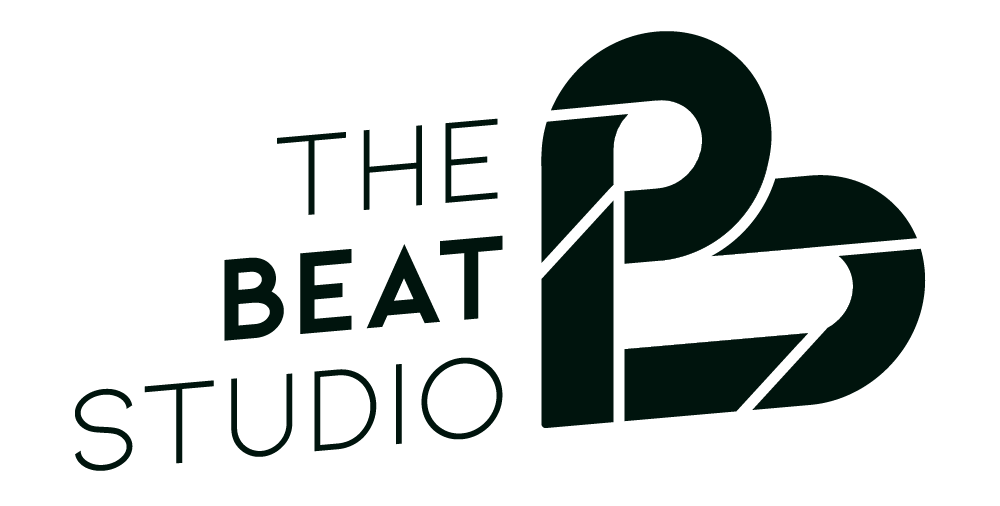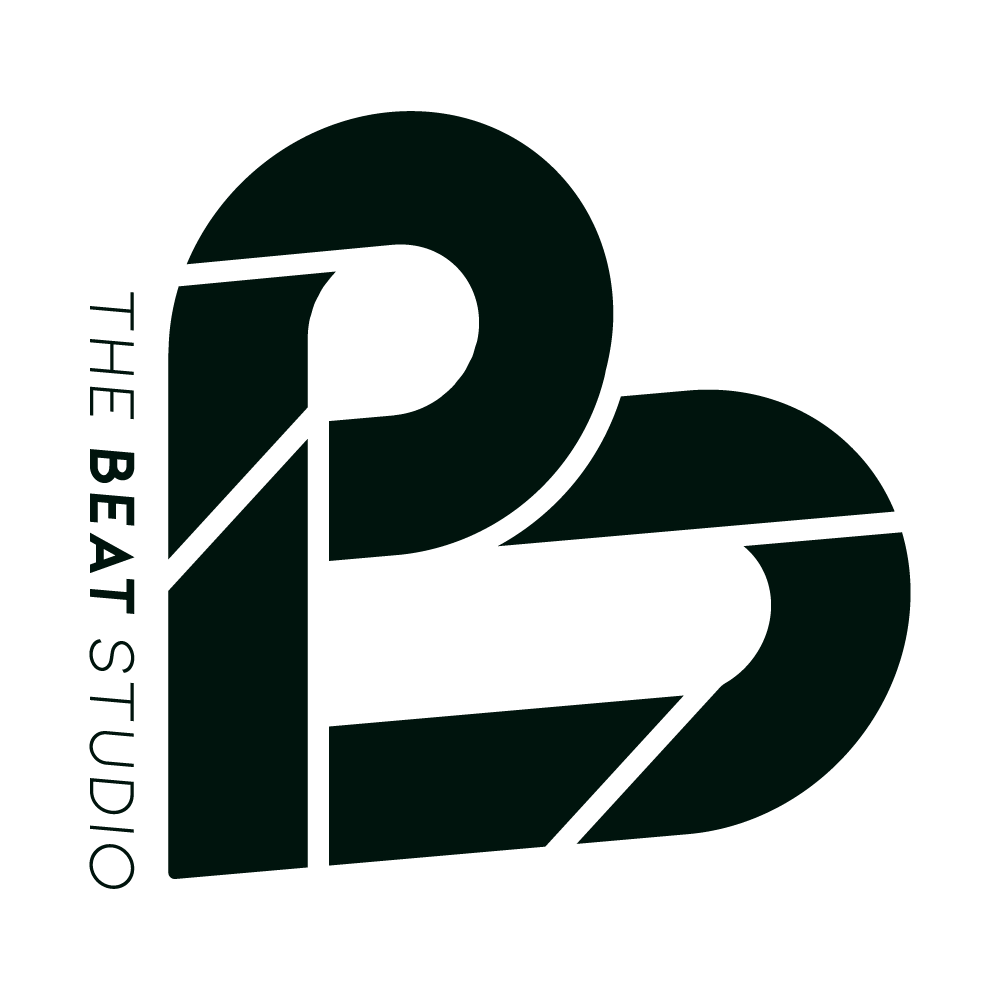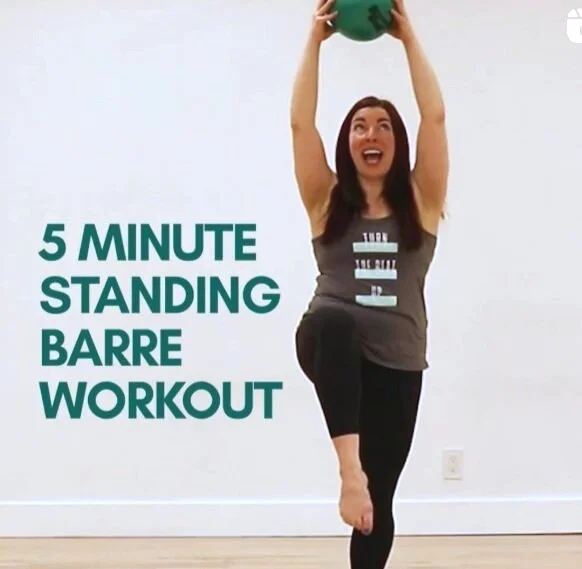BARRE FITNESS
train like a dancer
Barre fitness uses small, repetitive movements to train the body like a ballerina. You’ll focus on the back-body muscles like glutes, hamstrings, and calves, while using your core to stabilize the whole time.
Barre classes are inspired by ballet and pilates. This is a beginner friendly workout because the movements are small and controlled, but don’t be fooled, experienced exercisers will be challenged too! Barre workouts focus on muscles that are often overlooked, which makes this class a perfect compliment to activities such as running, cycling, climbing, and heavy weight training!
What is It?
Toning & sculpting with resistance training
Low impact, meaning there’s no jumping
Stretching & mobility exercises
Who is it for?
Beginner Friendly
Injury Friendly & Adaptable
Little to No Equipment Needed
What’s Required?
Yoga Mat
Wall/Chair for Balance
Bender Ball (optional)
BENEFITS OF BARRE
Foot & Ankle Strength
Barre, like yoga, is a class that’s performed without shoes. Some studios require special grippy socks, but for our studio classes and at home workouts, we recommend bare feet and a yoga mat. Shoes serve many purposes - hygienic purposes in public and shared spaces, protection against sharp or dirty surfaces, but they can also make our feet lazy. Modern, high tech shoes can often do more harm than good. Our feet are designed like springs, with an arch to cushion impact, and toes that are made to bend and splay. Most commonly available shoes are narrow in the toe box and do the work for the foot. We all know how muscles atrophy after wearing a cast to heal a broken bone, and while it’s not exactly the same, but conventional shoes are kinda doing this same thing to our feet.
Training barefoot increases the strength and mobility to help our feet function their best. Click here or on the image to try some foot and ankle exercises that you can find in our barre workouts.
Bodyweight resistance training
A huge bonus of barre fitness is that you don’t need a lot of equipment, and sometimes no equipment at all! Being inspired by ballet and mat pilates means that you’re going to tune in to your form and create a lot of internal resistance with your own muscles. The other amazing thing about barre is that it doesn’t really get easier! The more time you spend perfecting your form, the more you’re able to properly engage your muscles, therefore working harder over time. For those who are really ambitious, you can add 3-5lb dumbbells to this set of arm exercises, but if you’re just starting out, I recommend sticking to body weight!
Click here or on the image to try check out one of my favorite arm exercises that often make it into barre workouts.
Scaleable workouts
A great workout is scaleable. That is to say, there are ways to make each exercise more or less intense. Choosing your options or variations in a workout isn’t a reflection on if a workout is “good” or “bad” it is simply about choosing the best exercise for you and your body. Barre lends itself to being very scaleable. Often as I introduce an exercise, we’ll start with a base movement as a starting point. After a few repetitions of that move, we’ll progress to increase the difficulty. These progressions may be options like increasing the range of motion (aka moving BIGGER), adding pulses (small movements where we keep the target muscle loaded), increasing the lever length (reaching out longer with an arm or leg), or adding on to the movement pattern increasing the complexity. The great thing is that you don’t have to choose the next progression. The objective is to do a movement that challenges you, while still keeping good form and alignment.
Click here or on the image to see what I mean. This set of core exercises starts with a base move, then increases the lever length, and then increases the complexity of the movement pattern!
don’t just sit on your butt!
We all know that sitting isn’t doing us any favours. I’m not here to lecture you about what you already know. Barre helps to add balance by dedicating time to working on the gluteus maximus, medius, and minimus - more commonly know as the glutes! This group of muscles is responsible for all kinds of important functions at the hip like extension, abduction, adduction, external rotation, and stabilization. In barre we train these muscles with bridges, single leg hip hinges & crouches, and the “classic” barre move that you’ll often see in classes - hip extension, usually with your knee bent and heel drawing in towards you to engage the hamstrings as well.
Click here or on the image to try this quintessential barre move.








